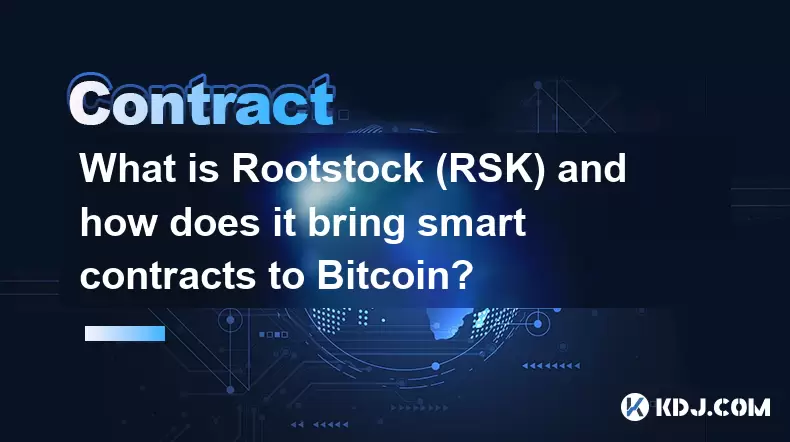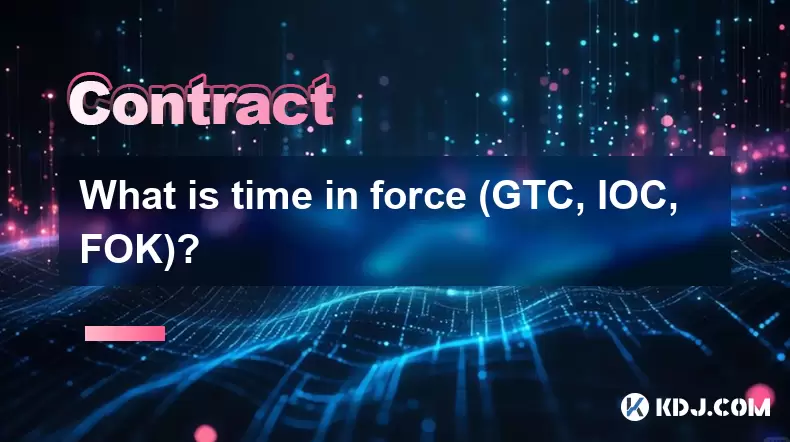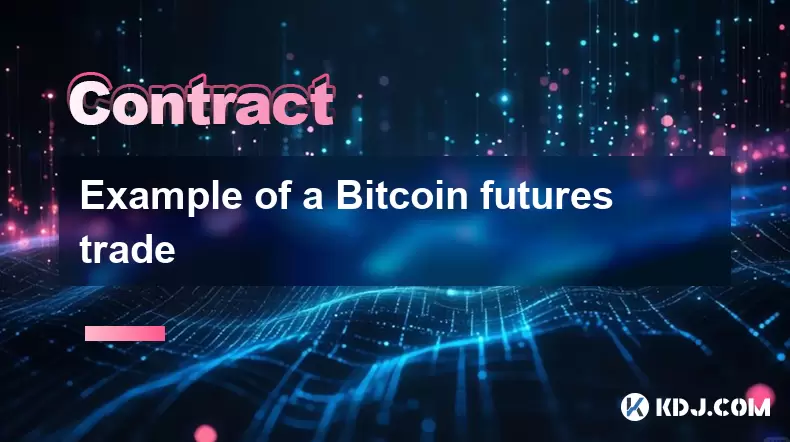-
 Bitcoin
Bitcoin $118300
-1.72% -
 Ethereum
Ethereum $3591
-0.69% -
 XRP
XRP $3.478
-3.53% -
 Tether USDt
Tether USDt $1.001
-0.01% -
 BNB
BNB $737.7
-0.54% -
 Solana
Solana $177.3
-2.40% -
 USDC
USDC $0.9999
-0.01% -
 Dogecoin
Dogecoin $0.2538
7.04% -
 TRON
TRON $0.3256
-0.85% -
 Cardano
Cardano $0.8332
-3.48% -
 Hyperliquid
Hyperliquid $44.80
-3.30% -
 Stellar
Stellar $0.4672
-6.09% -
 Sui
Sui $3.828
-5.98% -
 Chainlink
Chainlink $18.15
-3.41% -
 Hedera
Hedera $0.2655
-7.16% -
 Bitcoin Cash
Bitcoin Cash $517.5
-0.64% -
 Avalanche
Avalanche $23.89
-2.37% -
 Shiba Inu
Shiba Inu $0.00001519
-0.45% -
 UNUS SED LEO
UNUS SED LEO $8.973
0.13% -
 Toncoin
Toncoin $3.211
-2.54% -
 Litecoin
Litecoin $103.5
-3.58% -
 Polkadot
Polkadot $4.313
-3.90% -
 Uniswap
Uniswap $10.31
0.67% -
 Monero
Monero $325.4
-2.88% -
 Bitget Token
Bitget Token $5.049
3.51% -
 Ethena USDe
Ethena USDe $1.002
0.04% -
 Pepe
Pepe $0.00001346
-2.96% -
 Dai
Dai $0.9999
-0.02% -
 Aave
Aave $322.1
-2.93% -
 Bittensor
Bittensor $411.9
-4.70%
What is Rootstock (RSK) and how does it bring smart contracts to Bitcoin?
Rootstock (RSK) is a smart contract platform linked to Bitcoin, enabling fast, secure dApps and DeFi through merge-mining and RBTC.
Jul 19, 2025 at 10:56 am

Understanding Rootstock (RSK) and Its Role in the Bitcoin Ecosystem
Rootstock (RSK) is a smart contract platform that is tightly coupled with the Bitcoin blockchain, enabling developers to build decentralized applications (dApps) on top of Bitcoin. Unlike Ethereum, which has its own native blockchain, RSK operates as a sidechain to Bitcoin, meaning it exists parallel to Bitcoin’s main chain while maintaining secure interoperability through a two-way peg.
The primary goal of RSK is to extend Bitcoin's utility beyond simple value transfer, transforming it into a programmable money system capable of supporting complex financial instruments, decentralized finance (DeFi), and tokenized assets.
RSK achieves this by combining the security of Bitcoin with the flexibility of Ethereum-style smart contracts.
How Rootstock Connects to Bitcoin
At the heart of RSK's architecture is its merge-mining consensus mechanism, which allows Bitcoin miners to simultaneously mine both Bitcoin and RSK blocks without additional computational effort. This process ensures that RSK inherits the same level of security as Bitcoin, one of the most robust blockchains in existence.
To move funds between Bitcoin and RSK, users utilize a two-way peg:
- Users send BTC to a special address on the Bitcoin blockchain.
- A corresponding amount of RBTC (the native token of RSK) is then released on the RSK sidechain.
- The reverse process occurs when moving back to Bitcoin.
This mechanism ensures that value can be transferred securely and trustlessly between the two chains.
The Smart Contract Capabilities of RSK
RSK supports Turing-complete smart contracts, meaning it can execute any computational logic given enough resources. It uses a virtual machine called the RSK Virtual Machine (RVM), which is Ethereum Virtual Machine (EVM)-compatible. This compatibility allows developers familiar with Ethereum tools and languages like Solidity to easily port their dApps to RSK.
Key features of RSK smart contracts include:
- Interoperability with Bitcoin: Contracts can directly interact with Bitcoin addresses and balances.
- High Security: Inherits Bitcoin's mining power for protection against attacks.
- Low Latency: Faster confirmation times compared to Bitcoin's mainnet due to shorter block intervals.
Developers can deploy and interact with these contracts using standard Ethereum development tools such as Truffle, Hardhat, and MetaMask.
Using RSK: Step-by-Step Guide to Deploying a Smart Contract
Deploying a smart contract on RSK involves several steps, each of which mirrors Ethereum development workflows but with some key differences:
- Install Development Tools: Ensure you have Node.js, npm, and a code editor installed.
- Set Up a Local RSK Node: Use Docker or download the RSK node software from the official website.
- Configure MetaMask: Add RSK networks (mainnet or testnet) manually by entering RPC URLs and chain IDs.
- Write Your Smart Contract: Use Solidity and compile with solc or Remix IDE.
- Deploy Using Truffle or Hardhat: Configure your deployment script to point to the RSK network provider.
- Fund Your Account: Obtain RBTC from a faucet (for testnet) or convert BTC via the two-way peg (for mainnet).
- Interact With the Contract: Use web3.js or ethers.js libraries to call functions and read data.
Each step must be carefully executed to avoid errors, especially during network configuration and fund conversion.
Security and Consensus Mechanism in RSK
RSK uses a Proof-of-Work (PoW) consensus algorithm enhanced by merge-mining, where miners can contribute hashing power to both Bitcoin and RSK at the same time. This setup ensures that RSK benefits from the same immense hash rate as Bitcoin, making it extremely resistant to 51% attacks.
Additionally, RSK implements a double-spend prevention protocol known as DECOR+ (DEcentralized COnsensus using Recursive+), which enhances transaction finality and prevents double-spending even under high load or adversarial conditions.
Security audits are regularly conducted by third-party firms to ensure the integrity of the platform and its components.
Integration and Use Cases on the RSK Network
RSK supports a growing ecosystem of projects spanning various domains:
- Decentralized Finance (DeFi): Lending platforms, stablecoins, and decentralized exchanges.
- NFTs and Gaming: Tokenized digital assets and interactive games powered by smart contracts.
- Cross-chain Bridges: Facilitate asset transfers between RSK and other blockchains like Ethereum and Binance Smart Chain.
One notable project built on RSK is Money on Chain (MoC), which offers a Bitcoin-backed stablecoin solution. Other initiatives focus on microfinance, supply chain tracking, and identity verification.
Frequently Asked Questions (FAQs)
Q: Can I use my existing Ethereum wallet to interact with RSK?
A: Yes, wallets like MetaMask can be configured to connect to RSK networks by adding custom RPC settings. You will need to obtain RBTC to pay for gas fees.
Q: Is there a difference between RBTC and BTC?
A: While RBTC is pegged 1:1 to BTC, they exist on different blockchains. RBTC runs on the RSK sidechain and enables smart contract execution, whereas BTC is native to Bitcoin's mainnet.
Q: How do I convert BTC to RBTC?
A: You can use the official RSK bridge to lock BTC on the Bitcoin blockchain and mint an equivalent amount of RBTC on RSK. The process is automated and secured through cryptographic proofs.
Q: Are RSK transactions faster than Bitcoin transactions?
A: Yes, RSK targets a block time of around 30 seconds, significantly faster than Bitcoin's average 10-minute block time. This makes RSK more suitable for applications requiring rapid confirmations.
Disclaimer:info@kdj.com
The information provided is not trading advice. kdj.com does not assume any responsibility for any investments made based on the information provided in this article. Cryptocurrencies are highly volatile and it is highly recommended that you invest with caution after thorough research!
If you believe that the content used on this website infringes your copyright, please contact us immediately (info@kdj.com) and we will delete it promptly.
- TRX vs. RTX: Will Remittix Overtake Tron as the Altcoin to Watch in 2025?
- 2025-07-19 17:30:12
- Bitcoin, Nexchain, and Presales: What's Hot in the Crypto Space?
- 2025-07-19 16:30:12
- Presales, ICOs, and 100x Returns: Navigating the Crypto Landscape in 2025
- 2025-07-19 16:30:12
- Binance, Yooldo Games, and Tokens: Navigating the GameFi Landscape
- 2025-07-19 16:50:12
- Floki Inu, Meme Frenzy, and the Rise of AI Platforms: A New Era?
- 2025-07-19 16:50:12
- Dogecoin, Trader Interest, and the 2025 Meme Coin Landscape
- 2025-07-19 17:30:12
Related knowledge

What is a maker vs a taker fee?
Jul 19,2025 at 01:14am
Understanding the Basics of Cryptocurrency Exchange FeesIn the world of cryptocurrency trading, maker vs taker fees are a fundamental concept that eve...

How to analyze Bitcoin futures data from CME?
Jul 19,2025 at 05:22pm
Understanding Bitcoin Futures on CMEBitcoin futures on the CME Group (Chicago Mercantile Exchange) represent a regulated financial instrument that all...

What is time in force (GTC, IOC, FOK)?
Jul 19,2025 at 08:57am
Understanding Time in Force in Cryptocurrency TradingIn the world of cryptocurrency trading, the Time in Force (TIF) is a crucial parameter that deter...

What is a partial liquidation?
Jul 19,2025 at 01:49am
Understanding the Basics of Partial LiquidationIn the world of cryptocurrency trading, especially within leveraged positions, partial liquidation refe...

How to find good entry and exit points for Bitcoin futures?
Jul 19,2025 at 05:14pm
Understanding Bitcoin Futures and Their Unique CharacteristicsBitcoin futures are derivative contracts that allow traders to speculate on the future p...

Example of a Bitcoin futures trade
Jul 19,2025 at 12:43am
Understanding Bitcoin Futures TradingBitcoin futures trading is a financial instrument that allows investors to speculate on the future price of Bitco...

What is a maker vs a taker fee?
Jul 19,2025 at 01:14am
Understanding the Basics of Cryptocurrency Exchange FeesIn the world of cryptocurrency trading, maker vs taker fees are a fundamental concept that eve...

How to analyze Bitcoin futures data from CME?
Jul 19,2025 at 05:22pm
Understanding Bitcoin Futures on CMEBitcoin futures on the CME Group (Chicago Mercantile Exchange) represent a regulated financial instrument that all...

What is time in force (GTC, IOC, FOK)?
Jul 19,2025 at 08:57am
Understanding Time in Force in Cryptocurrency TradingIn the world of cryptocurrency trading, the Time in Force (TIF) is a crucial parameter that deter...

What is a partial liquidation?
Jul 19,2025 at 01:49am
Understanding the Basics of Partial LiquidationIn the world of cryptocurrency trading, especially within leveraged positions, partial liquidation refe...

How to find good entry and exit points for Bitcoin futures?
Jul 19,2025 at 05:14pm
Understanding Bitcoin Futures and Their Unique CharacteristicsBitcoin futures are derivative contracts that allow traders to speculate on the future p...

Example of a Bitcoin futures trade
Jul 19,2025 at 12:43am
Understanding Bitcoin Futures TradingBitcoin futures trading is a financial instrument that allows investors to speculate on the future price of Bitco...
See all articles

























































































